I’ve been bike commuting for a lot of years at this point. I started at the age of 6, riding next to my mom on my way to school. I wasn’t very nervous but I do recall her being nervous as hell. I can remember wearing an overly packed backpack that felt like it was full of bricks, and she seemed to be convinced that every car on the road was out to get me.
Spoiler alert: I made it, and to me it was awesome. Being able to get places so fast when driving a car wasn’t yet an option.
Here’s the thing about bike commuting. It’s not as complicated as some people want to make it sound. You don’t need $2,000 worth of gear or a PhD in traffic law. You just need the right basics, a plan, and maybe a shower at your destination if you’re lucky.
The Reality Check Nobody Gives You
You’re going to sweat – Even at 6 AM in January. Even on that “flat” route. Your body works harder than you think just balancing and pedaling through stop-and-go traffic.
Your first week will suck – Everything will hurt. You’ll be slow. You’ll forget stuff. That’s normal. Week two is better. Week three, you’ll start looking for excuses to ride instead of excuses not to.
Weather happens – Rain, wind, heat, cold—you’ll ride in it all, eventually. The trick is knowing when to bail and look for other transportation modes instead.
Choosing Your Commuter Bike
The best commuter bike is the one you’ll actually ride. I’ve seen people commute on everything from beach cruisers to full-suspension mountain bikes. Here’s what actually matters:
If you already have a bike, start with that. Seriously. Don’t let gear paralysis stop you from trying bike commuting. I commuted on an old and trusty military bike for quite some time and it was no problem.
If you’re buying new, look for:
- Upright riding position – Your back will thank you at mile 5
- Ability to add fenders and a rack – Because showing up to work soaked and carrying everything in a backpack gets old fast
- Gears – Hills exist, and single-speeds are only fun for about three hills
Bike Types That I find to work well:

Hybrid bikes
The Honda Civic of commuting. Reliable, efficient, boring in the best way
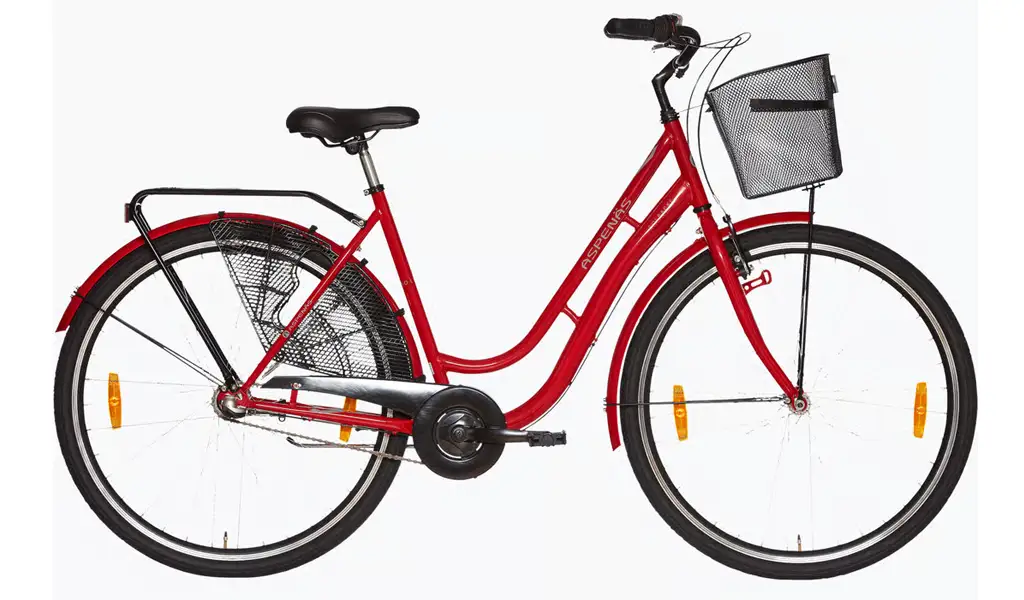
City bikes
Built for commuting with fenders, racks, and lights already installed
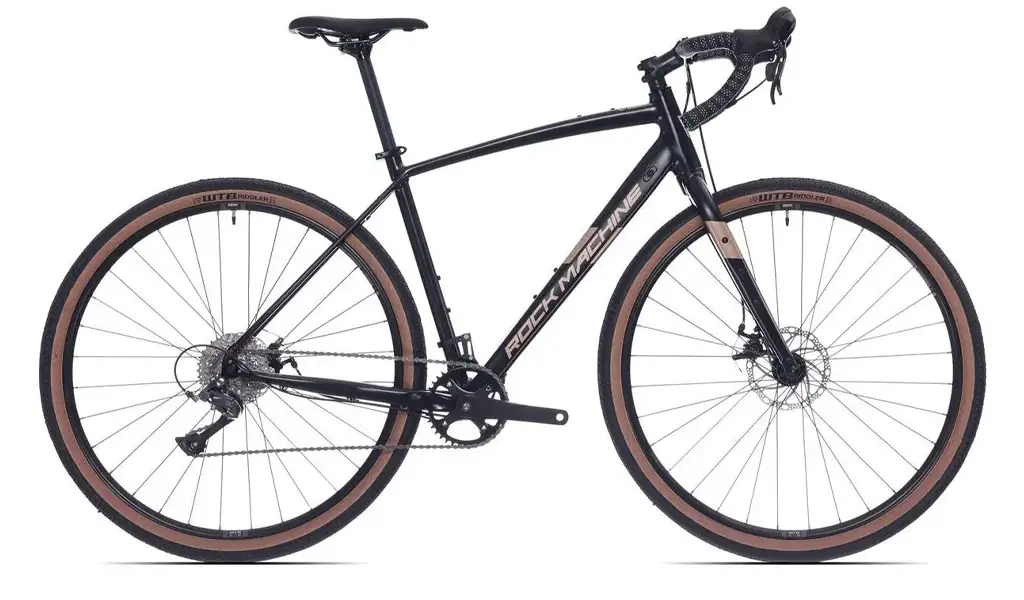
Gravel bikes
If your route includes sketchy pavement or you want weekend adventure capability
Bikes I don’t recommend for commuting:
- Road bikes – Too aggressive for stop-and-go traffic
- Mountain bikes – Knobby tires and heavy frames make every ride feel like work
- Fixies – Cool until you hit your first hill or need to stop quickly
Essential Safety Gear
Helmet – Non-negotiable. Get one with MIPS if you can afford it($70-$120). I occasionally crash and its a “no brainer”, or at least I would be at this point. Also you may be obligated to wear a helmet by law depending on your states approach. If you don’t know yours, have a look at our helmet law guide going over every state.
Lights – Front and rear, always. Even for daytime rides. Visibility is your best defense against distracted drivers. I run a 400-lumen front light and a flashing rear light, minimum.
Reflective gear – A vest looks dorky but works. Reflective ankle straps are less obvious but just as effective.
The Lock Situation – Use a U-lock for the frame and a cable lock for the wheels. Never rely on just a cable lock. I can cut through those with bolt cutters in 2 seconds. Budget at least $50-100 for a secure locking mechanism. I know, it seems like a lot, but it’s cheaper than buying a new bike.
Commuter Clothing That Actually Works
Forget special cycling clothes. You’re commuting, not racing. Here’s what you’ll actually want to wear:
- Moisture-wicking shirts – Regular athletic wear is fine
- Pants that don’t catch in the chain – Roll up your right pant leg or use a pant strap. Learned this one the hard way after wondering why my right leg was always dirty
- Comfortable shoes – Sneakers work fine. Clipless pedals are optional and honestly overkill for most commutes
- Layers – You’ll warm up after the first mile, so dress like it’s 10 degrees warmer than it actually is
Carrying Your Stuff
Backpacks work but they make you sweat and throw off your balance. Better options:
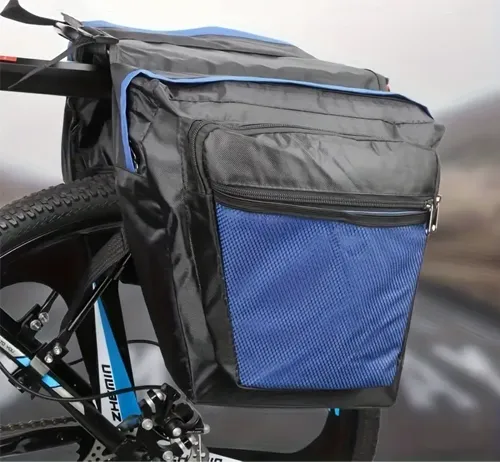
- Rear rack with panniers – Game changer. Keeps weight off your back and makes the bike more stable
- Front basket – Perfect for groceries and light loads
- Frame bag – Good for tools and snacks
Planning Your Route
Don’t just follow Google Maps, it’ll route you down busy streets and highways. At least use it in combination with a few other tools like:
- Bike-specific navigation – Komoot, RideWithGPS, or Strava heatmaps show you where other cyclists actually ride
- Scout on weekends – Ride your route when traffic is light to find the sketchy spots and learn some tips on handling heavy traffic on a bike
- Have a backup plan – Know an alternative route for when construction or weather makes your main route unusable
What makes a good commuter route:
- Bike lanes or low-traffic streets – Obvious but worth stating
- Minimal elevation change – You’ll be doing this every day, not just when you’re feeling strong
- Good pavement – Potholes and broken glass get old fast
- Safe intersections – Some intersections are just death traps. Find ways around them
Traffic Safety Rules That Keep You Alive
Be predictable. Ride in straight lines. Signal your turns. Don’t dart between cars. Learn the traffic laws for cyclists in your area and follow them.
Be visible! Make eye contact with drivers when possible. If you can’t see their face, assume they can’t see you.
Don’t trust anyone! That car will turn right without signaling. That pedestrian will step into the bike lane. That other cyclist will blow through the red light. Assume everyone is trying to kill you (accidentally) and ride accordingly.
Stay out of the door zone! Keep at least 3 feet away from parked cars. Doors open without warning, and getting doored at 15mph is no joke.
If your city has bike lanes make sure you follow standard bike lane etiquette!
Weather Strategies
Rain – Fenders are mandatory. Waterproof jacket and pants help. Slow down on wet pavement and give yourself extra stopping distance.
Cold – Layer up but don’t overdress. Watch for ice, especially on bridges and overpasses.
Heat – Start earlier. Bring extra water. Consider driving on days over 90°F unless you have a shower at work.
Wind – It’s going to suck sometimes. Plan extra time and lower your expectations. A 20mph headwind can add 10 minutes to your commute.
The Logistics Nobody Talks About
Shower situation
If work has showers, you’re golden. If not, baby wipes and deodorant work for shorter commutes. Some people pay for gym memberships just for the shower.
Clothes storage
Keep a week’s worth of work clothes at the office if possible. Or drive in Monday with the week’s clothes and drive home Friday with the dirty laundry.
Bike storage
Indoor storage is ideal. If you have to park outside, invest in a good lock and consider getting an ugly bike that thieves won’t want.
Backup plans
Bus routes, rideshare, coworkers who can give you a ride. Have options for when your bike breaks, weather gets nasty, or you’re just not feeling it.
Basic Maintenance You Should Learn
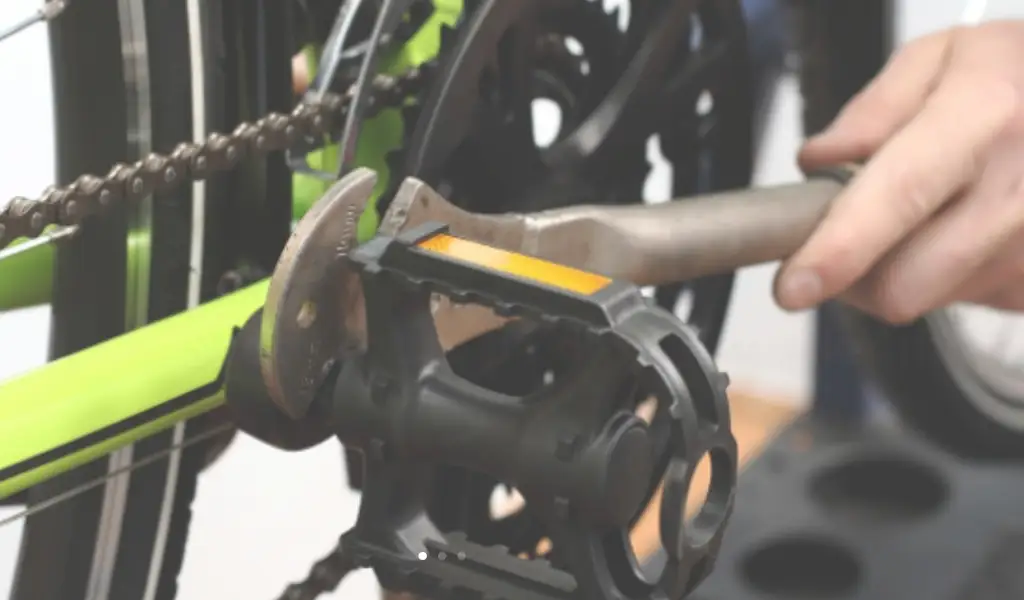
Check your tire pressure weekly. Low pressure makes everything harder and increases your chance of flats. Most commuter tires run 50-80 PSI.
Keep your chain clean and lubed. A well-maintained chain makes your bike run smoother and last longer. Clean it monthly, lube it when it starts squeaking.
Good basic tools to have:
- Multi-tool with chain breaker
- Tire levers
- Spare tube
- Mini pump
Get a tune-up once or twice a year. Professional maintenance costs $30-75 but keeps your bike going and lets you extend the longevity of its parts.
Common Beginner Mistakes
Starting off too ambitious. Don’t try to commute every day in week one. Start with 2-3 days and build up.
Overdressing. You’ll be warmer than you think once you start moving.
Ignoring bike fit. A poorly fitted bike makes every ride miserable. Get your saddle height right at minimum.
Not having backup plans. Weather happens. Bikes break. Have alternatives ready.
Building the Habit
Start small: One or two days a week, then build up. Don’t try to go from zero to bike pro from the start.
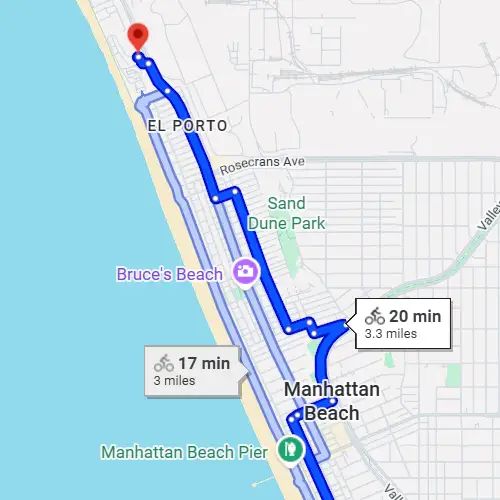
Track your progress: Miles, money saved, time, whatever motivates you. I calculated that bike commuting saves me easy $200/month in gas and parking.
Celebrate small wins: Made it through your first week? Rode in the rain? Climbed that hill without walking? These are all things worthy some celebration.
The Bottom Line
Bike commuting isn’t for everyone, but it’s for more people than think it is. You don’t need to be athletic, you don’t need expensive gear, and you don’t need perfect weather. You just need to start and not be afraid to break a little sweat.
I’ve saved thousands of dollars, kept my weight and body in check without even trying, and turned my daily commute from a stress-inducing slog into the best part of my day. Some mornings I take the longer route just because I can.
Your first ride might be scary, sweaty, and slower than you hoped. That’s fine. The second one will be better. By week three, you’ll be looking for excuses to ride instead of excuses not to.
Just remember: the best commuter bike is the one you’ll actually ride, the best gear is the gear you’ll actively use, and the best route is the one that gets you there safely. Everything else is just details.
Now stop reading your already set up for successful commuting, so get out there!
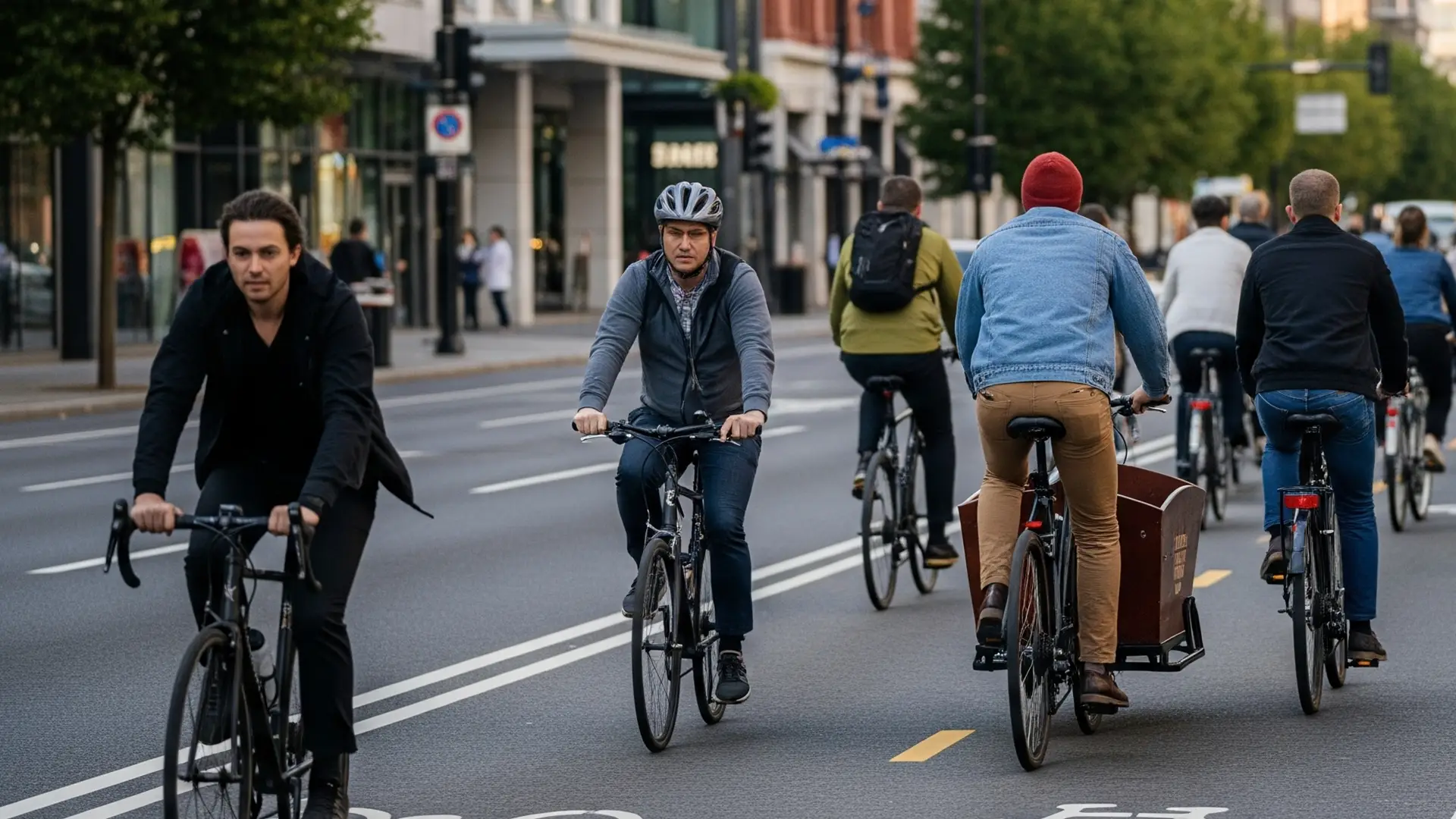
Leave a Reply